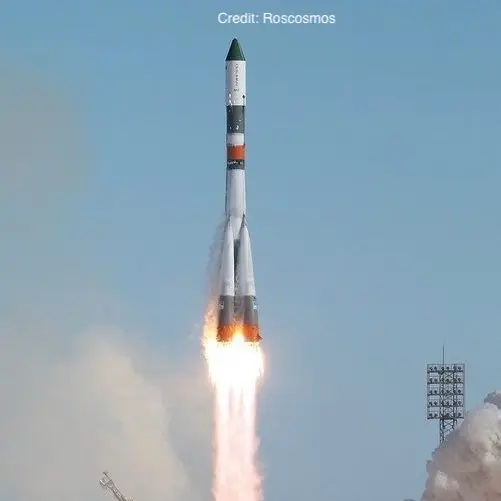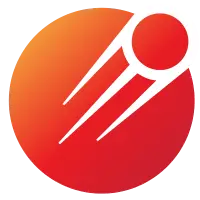Soyuz 16
Launch Success
Liftoff Time (GMT)
09:40:00
Monday December 2, 1974
Mission Details
Launch Notes
First crewed flight on Soyuz U. The cosmonauts named the spacecraft Буран ("Buran" → "Blizzard in the steppe").
Soyuz 16
Soyuz 16 was a 1974 crewed test flight for a joint Soviet-US space flight which culminated in the Apollo-Soyuz mission in July 1975. The two-man Soviet crew tested a docking ring and other systems to be used in the joint flight. During the flight, Cosmonauts Anatoly Filipchenko and Nikolai Rukavishnikov tested the androgynous docking system to be used for the ASTP mission by retracting and extending a simulated 20 kg American docking ring. The crew also tested modified environmental systems, new solar panels and improved control systems, as well as a new radar docking system. Air pressure was reduced from 760 mm to 540 mm and oxygen raised from 20% to 40% to test reducing the planned transfer time to Apollo from two to one hour. On 7 December, the docking ring was jettisoned with explosive bolts to test emergency measures if the capture latches got stuck during the ASTP flight. The craft landed 8 December near Arkalyk and was hailed a complete success. The mission duration, six days, matched the ASTP mission duration to within 10 minutes. This is Soyuz's 29th flight, and 15th crewed flight. The Soyuz is a Soviet crewed spaceship, developed to made manned lunar missions. This version called 7K will fly 4 times on the giant launcher N1, and several tens of times on Proton to fly over the Moon, which will be successful during the mission Zond 4. Soyuz will become the first spacecraft to transport living beings to the Moon during the flight of Zond 5, with two turtles. Subsequently, it is adapted to low orbit and will fly on the Soyuz launcher to serve the Salyut and Mir stations and the ISS.
Low Earth Orbit
1 Payload
6,800 kilograms
Rocket


Manufacturer
RKK EnergiyaPrice
$20.00 million
Rocket
Height: 51.32m
Payload to Orbit
LEO: 6,860 kg
GTO: 0 kg
Liftoff Thrust
4,456 Kilonewtons
Fairing
Diameter: 3m
Height: 15.59m
Stages
3
Strap-ons
4
Launch Site
Stats
Soyuz U
12th
Mission
9th
Mission of 1974
RKK Energiya
888th
Mission
78th
Mission of 1974
1974
103rd
Orbital launch attempt